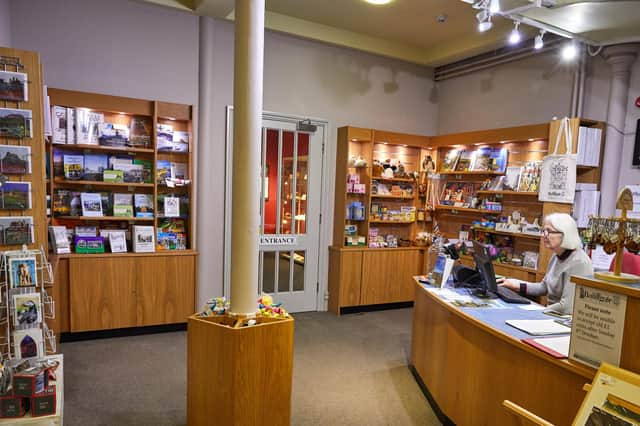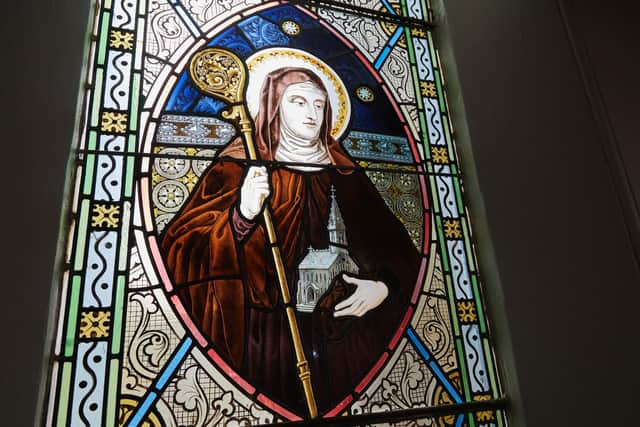Heritage experts highlight Alnwick Bailiffgate Museum scheme as fine example of historic building recycling


The conversion of the 19th century St Mary’s Church into a volunteer-run museum is showcased as one of the best examples of recycling historic buildings in the North East.
It features as the annual Heritage Counts report, published by Historic England, reveals that sympathetically upgrading and reusing existing buildings, rather than demolishing and building new, could dramatically improve a building’s energy efficiency and would make substantial energy savings.
Advertisement
Hide AdAdvertisement
Hide AdEarly research shows that by not counting embodied carbon, the carbon emissions of a new build can be under-estimated by up to 31%. Compared to refurbishing a traditional Victorian terrace, a new building of the same size produces up to 13 times more embodied carbon.


Duncan Wilson, Historic England chief executive, said: “Recycling plastic bottles is a normal part of our daily lives, but reusing our existing historic buildings would be a much more powerful way to improve our environmental impact.
“Despite this, reusable buildings are demolished every year and new buildings, which require a huge amount of carbon to build, replace them.
“Investigations need to continue, but the results from this year’s Heritage Counts report show that reusing and responsibly upgrading historic buildings is good for the environment and essential to meet our ambitious carbon targets.”
Bailiffgate Museum first opened in 2002.
Advertisement
Hide AdAdvertisement
Hide AdDuring its original conversion significant changes were made to the building: a lift was installed to make the museum fully accessible, and the basement was extended to increase storage. The first floor gallery was extended to provide display and working areas and a new mezzanine floor was constructed, suspended from the original gallery.
The fabric of the building was however left largely intact, with original features still present including stained glass windows, an oak roof with gargoyles and a prominent 19th century organ.
The museum aims to be as environmentally friendly as possible, and uses solar-powered blinds to cover its stained glass windows and LED lighting to reduce energy usage. Recently its volunteers have successfully raised funds to replace its 20-year-old boiler with a newer and more energy-efficient version.